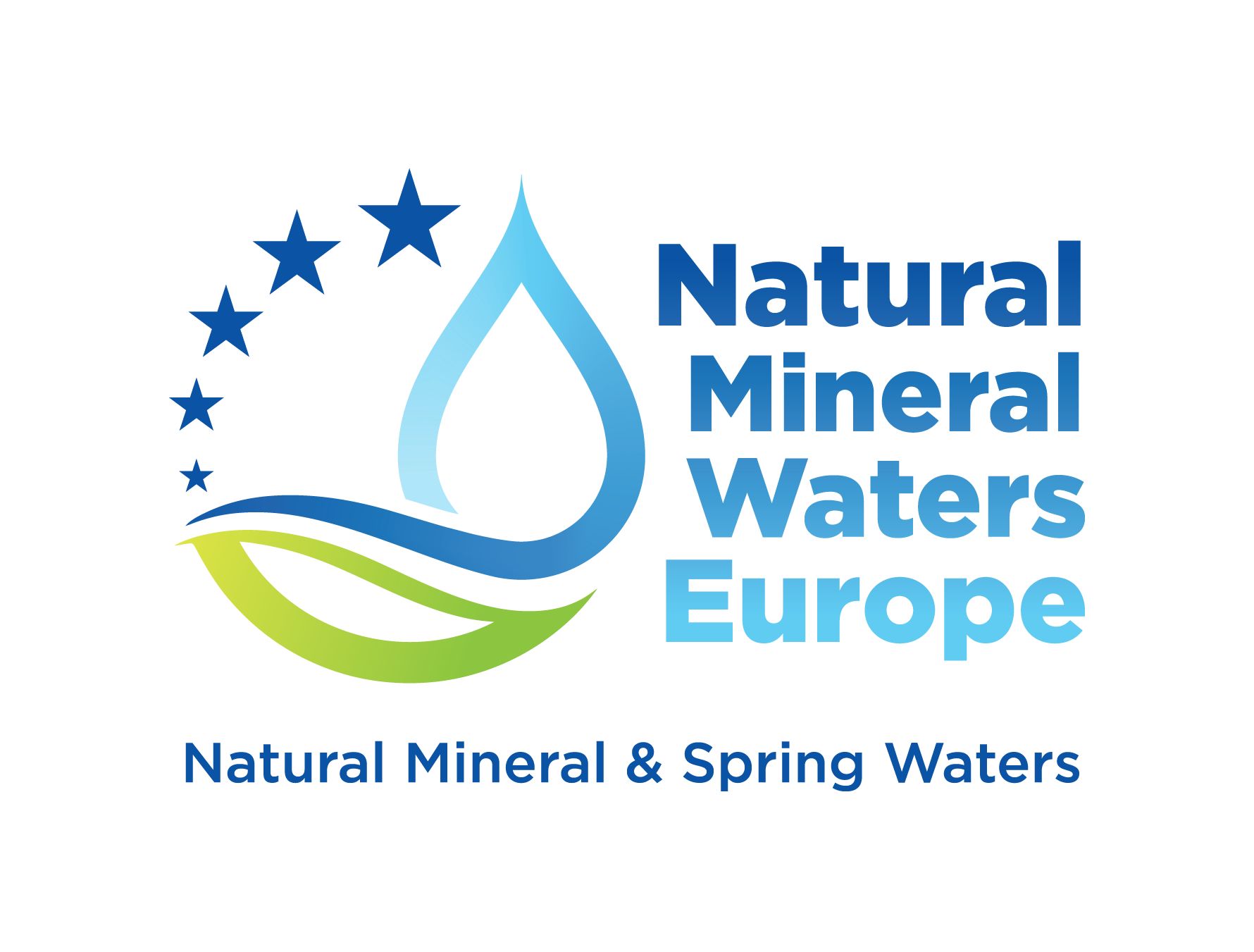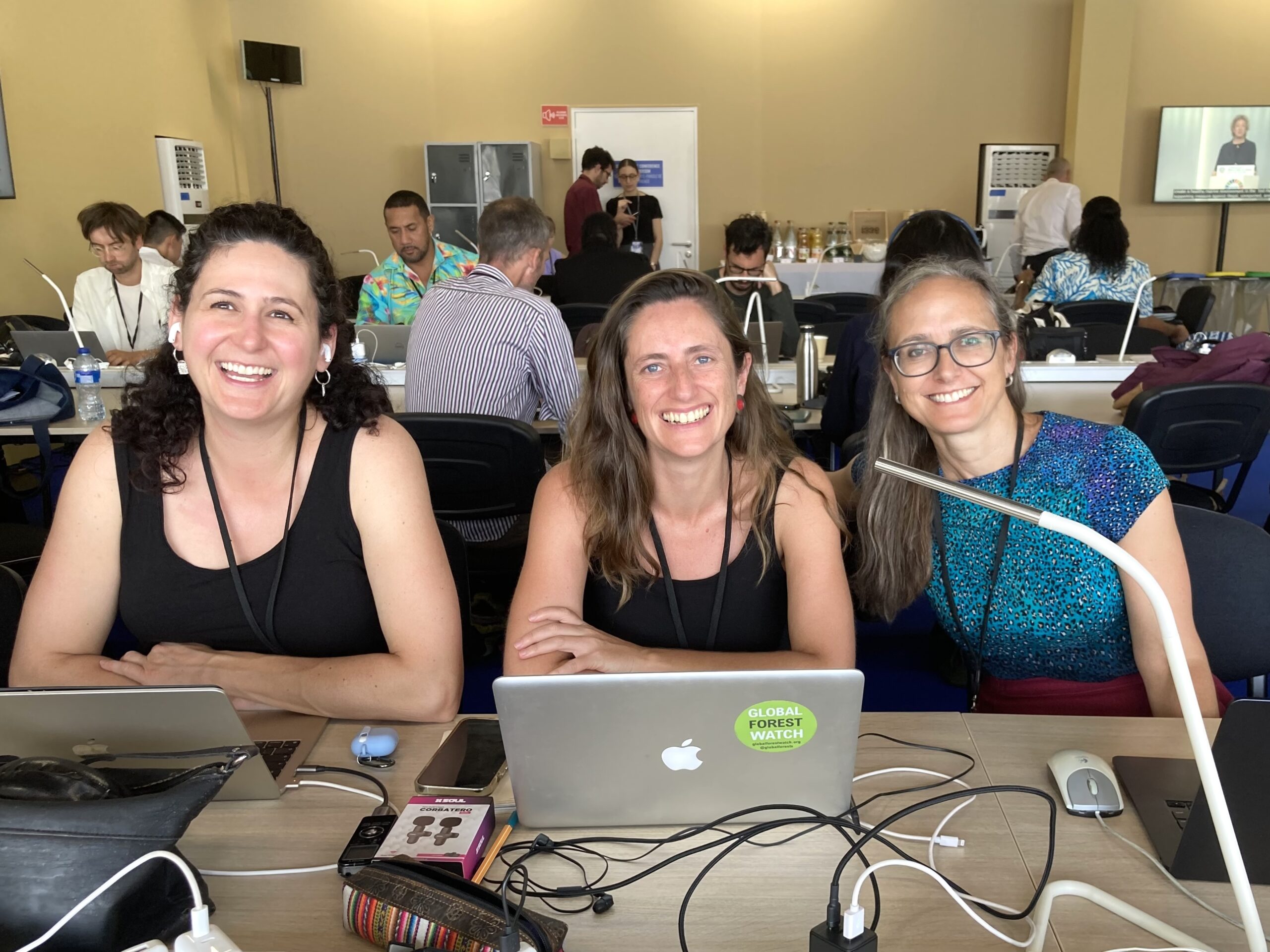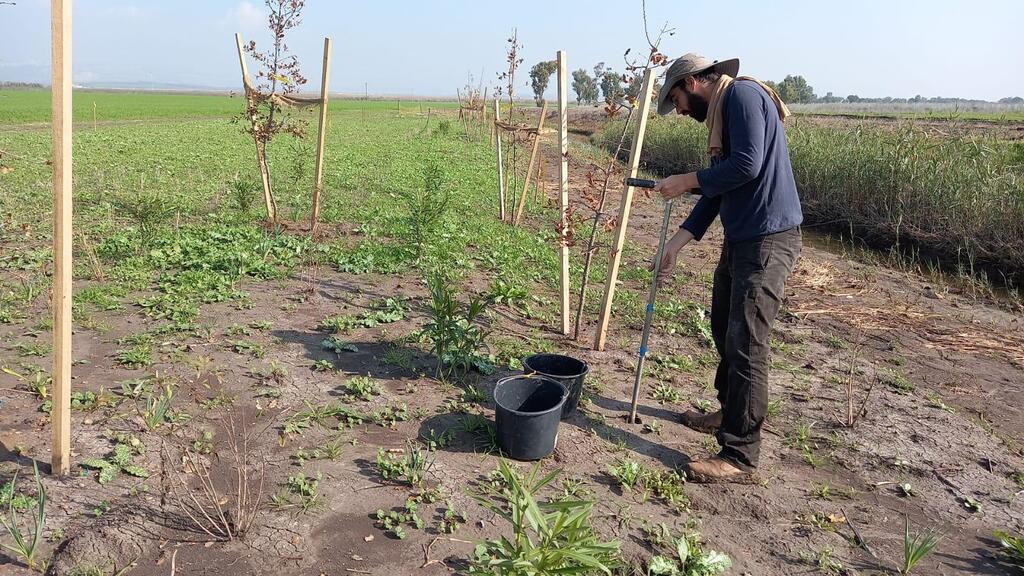Editorial: Unraveling the Interconnected Dynamics of Exercise Metabolism, Environmental Stress, and Nutritional Factors – Frontiers

Report on Human Physiology Research and its Alignment with Sustainable Development Goals
Introduction: Integrating Physiology and Global Health Priorities
This report analyzes recent research findings concerning the complex interplay between physical exertion, environmental stressors, and nutritional inputs. The synthesis of these studies is evaluated through the framework of the United Nations Sustainable Development Goals (SDGs), demonstrating how physiological science provides an evidence-based foundation for interventions that advance global health, well-being, and equity.
Advancing SDG 3: Good Health and Well-being
The core of the presented research directly supports the objectives of SDG 3 by exploring innovative, efficient, and personalized strategies for health optimization and the prevention of non-communicable diseases.
- Targeted Interventions for Metabolic Health: Research combining sprint interval training (SIT) with moderate hypoxia in overweight adults has proven to be a time-effective and well-tolerated strategy for improving post-exercise glucose regulation. This directly addresses SDG Target 3.4 (reduce premature mortality from non-communicable diseases) by offering a practical solution to combat metabolic disorders linked to modern lifestyles.
- Personalized Medicine and Individualized Care: Studies on repeated sprint training in hypoxia (RSH) reveal significant heterogeneity in athlete responses, with nearly 20% deriving no benefit. This finding underscores the critical need for personalized interventions based on real-time physiological feedback, moving beyond a one-size-fits-all approach to maximize health outcomes and ensure well-being for all individuals.
- Nutritional Strategies for Mental and Physical Resilience: Investigations into prolonged fasting demonstrate profound shifts in metabolic pathways, elevating neuroprotective compounds. This highlights a potent nutritional strategy that may amplify the benefits of exercise and support the mental well-being component of SDG 3 by modulating the gut-brain axis.
- Enhancing Health in Extreme Environments: The validation of pre-acclimatization protocols using intermittent hypoxia and exercise establishes a superior method for improving tolerance to high altitudes and reducing symptoms of acute mountain sickness (AMS). This contributes to the broader goal of ensuring healthy lives and promoting well-being for populations living or working in challenging environments.
Fostering SDG 5 and SDG 17: Equality and Global Partnerships
The research topic extends beyond physiological outcomes to address systemic issues of equality in science and the importance of international collaboration.
- Promoting Gender Equality (SDG 5): The authors explicitly call for the increased inclusion of female participants in future research cohorts. This recommendation is vital for addressing the historical gender gap in medical and performance science, ensuring that findings are universally applicable and that health interventions are designed to be effective for all, thereby promoting gender equality in health outcomes.
- Strengthening Global Partnerships for Science (SDG 17): The research represents a collaborative effort between institutions in Spain and Brazil (Universidad Pontificia de Salamanca, Universidad de Extremadura, Universidad Loyola Andalucia, and Juiz de Fora Federal University). This international partnership exemplifies SDG 17 by facilitating the exchange of scientific knowledge and innovation to address shared global health challenges.
Future Directions for Sustainable Health Outcomes
The collective findings provide a scaffold for future research aimed at creating sustainable and equitable health solutions.
- Longitudinal Research: Future work must prioritize longitudinal studies to understand chronic adaptations, ensuring that proposed interventions deliver sustainable, long-term health benefits.
- Precision Health Technologies: The call to leverage ‘omics’ technologies supports the development of precision interventions that harness environmental and nutritional stressors as allies, aligning with the goal of providing effective and individualized healthcare for all (SDG 3).
- Inclusive and Diverse Cohorts: A critical future direction is the expansion of research to include diverse clinical populations and ensure gender balance (SDG 5), which will enhance the translational relevance and equity of scientific findings.
- Integrated Approaches: The research champions an integrated approach that transcends disciplinary silos, offering a model for developing holistic health strategies that are resilient, adaptable, and aligned with global sustainability targets.
1. Which SDGs are addressed or connected to the issues highlighted in the article?
SDG 3: Good Health and Well-being
- The article extensively discusses human health, focusing on metabolic health, clinical rehabilitation, and public health strategies. It explores interventions like exercise and fasting to improve physiological outcomes, directly aligning with the goal of ensuring healthy lives and promoting well-being. Specific examples include improving “post-exercise glucose regulation” in overweight adults and alleviating “acute mountain sickness (AMS) symptoms.”
SDG 9: Industry, Innovation, and Infrastructure
- The article is a product of scientific research and calls for further innovation. It highlights the need to “enhance scientific research” by conducting “longitudinal studies” and leveraging “omics technologies.” This focus on advancing scientific knowledge and technological application to solve health problems connects directly to the innovation and research components of SDG 9.
SDG 17: Partnerships for the Goals
- The research presented is a collaborative effort involving multiple institutions from different countries, including Spain (Universidad Pontificia de Salamanca, Universidad de Extremadura, Universidad Loyola Andalucia) and Brazil (Juiz de Fora Federal University). This international academic partnership to produce scientific knowledge exemplifies the spirit of SDG 17.
2. What specific targets under those SDGs can be identified based on the article’s content?
Target 3.4: Reduce by one-third premature mortality from non-communicable diseases through prevention and treatment and promote mental and physical health and well-being.
- The article’s focus on using exercise and hypoxia as a “practical strategy for metabolic health” in “overweight adults” is a direct approach to preventing non-communicable diseases like diabetes and cardiovascular conditions. The research on fasting’s ability to elevate “neuroprotective compounds” and regulate “oxidative stress” also contributes to promoting physical and mental well-being.
Target 9.5: Enhance scientific research, upgrade the technological capabilities of industrial sectors in all countries.
- The article embodies this target by presenting advanced scientific research. It explicitly calls for future research to “leverage omics technologies to map cross-talk between metabolic, immune, and neuroendocrine pathways.” The validation of protocols like “intermittent hypoxia exposure (IHE) paired with exercise” represents an enhancement of scientific methods for health applications.
Target 17.6: Enhance North-South, South-South and triangular regional and international cooperation on and access to science, technology and innovation.
- The collaboration between universities in Spain (a “North” country) and Brazil (a “South” country) to conduct and publish this research is a clear example of international cooperation on science and innovation, as described in this target. The publication itself enhances knowledge sharing on the topic.
3. Are there any indicators mentioned or implied in the article that can be used to measure progress towards the identified targets?
Indicators for Target 3.4
- The article provides several specific physiological and biochemical metrics that serve as indicators of health status and the effectiveness of interventions. These include:
- Metabolic Health Markers: “post-exercise glucose regulation,” “lactate, growth hormone, and epinephrine responses.”
- Neurological Health Markers: Levels of “neuroprotective compounds like kynurenic acid (KYNA) and xanthurenic acid (XA).”
- Oxidative Stress Markers: Levels of metabolites like “3-hydroxyanthranilic acid.”
- Altitude Sickness Symptoms: Reduction in “acute mountain sickness (AMS) symptoms” and physiological markers like “SpO₂” and “heart rate” at simulated high altitudes.
Indicators for Target 9.5
- Progress towards this target is indicated by the research activities and outputs described:
- Volume of Scientific Publications: The article itself is an indicator of research output.
- Adoption of Advanced Research Methods: The use and validation of techniques such as “repeated sprint training in hypoxia (RSH),” “clamped hypoxia,” and “intermittent hypoxia exposure (IHE).”
- Investment in Future Research: The call to “leverage omics technologies” implies a direction for future R&D spending and focus.
Indicators for Target 17.6
- The primary indicator for this target is the existence of the international research collaboration itself.
- Number of Joint International Research Projects: The study, co-authored by researchers from institutions in Spain and Brazil, is a direct measure of such a project.
4. Table of SDGs, Targets, and Indicators
| SDGs | Targets | Indicators Identified in the Article |
|---|---|---|
| SDG 3: Good Health and Well-being | 3.4: Reduce mortality from non-communicable diseases and promote mental and physical health. |
|
| SDG 9: Industry, Innovation, and Infrastructure | 9.5: Enhance scientific research and upgrade technological capabilities. |
|
| SDG 17: Partnerships for the Goals | 17.6: Enhance international cooperation on science, technology, and innovation. |
|
Source: frontiersin.org

What is Your Reaction?
 Like
0
Like
0
 Dislike
0
Dislike
0
 Love
0
Love
0
 Funny
0
Funny
0
 Angry
0
Angry
0
 Sad
0
Sad
0
 Wow
0
Wow
0








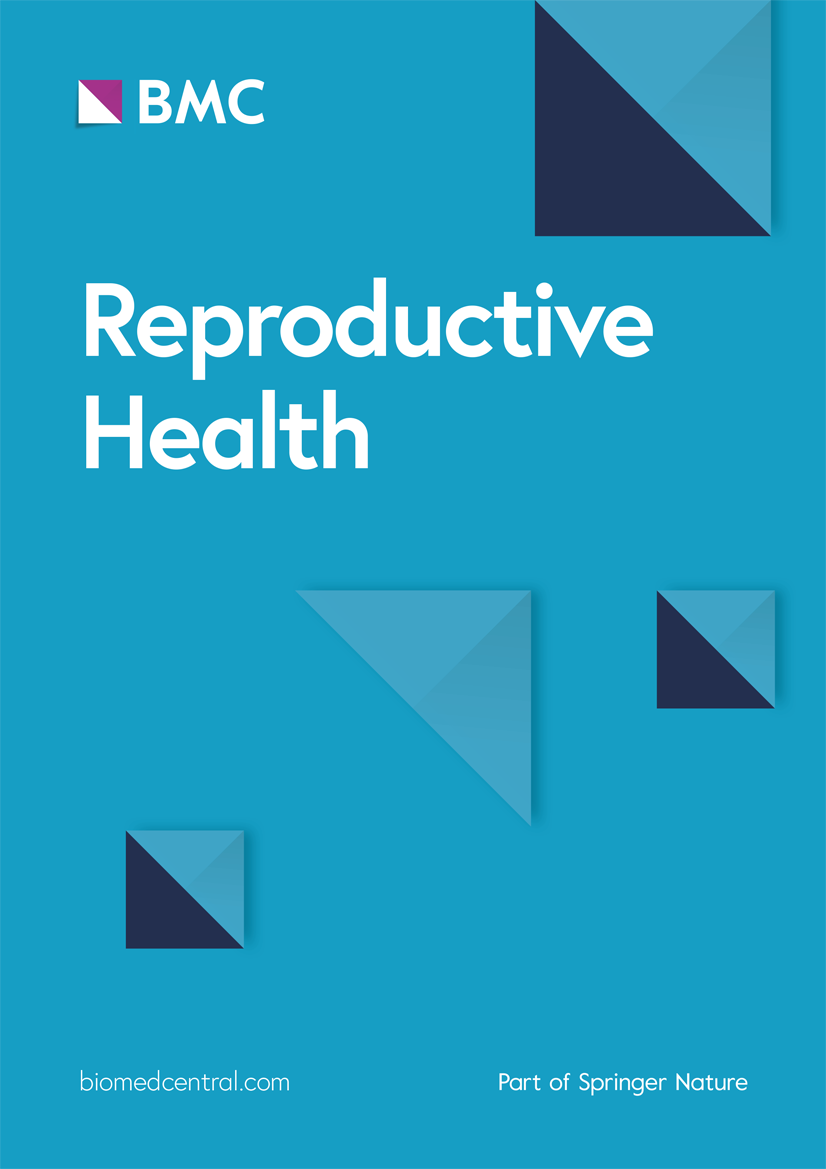




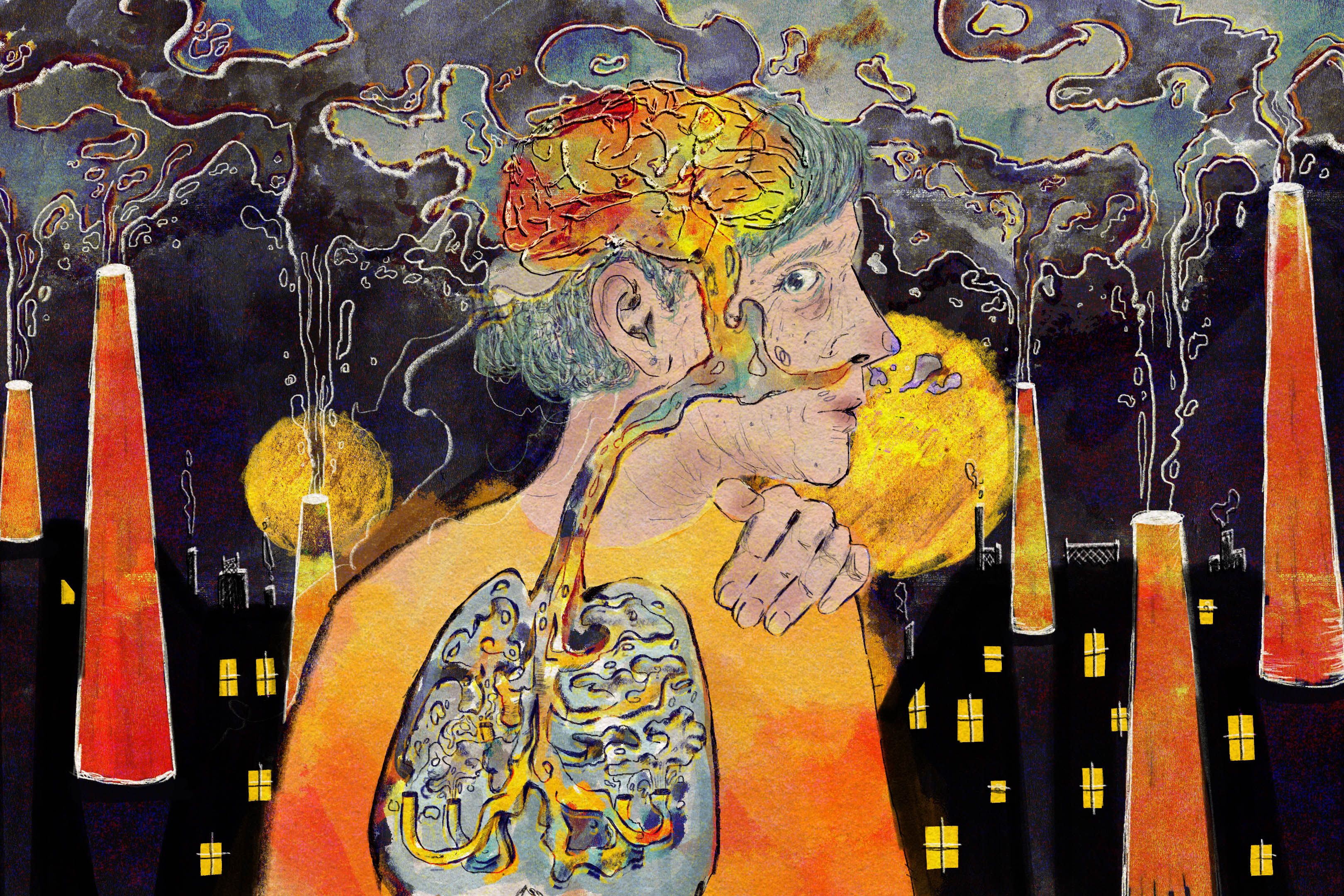














.jpg?#)
